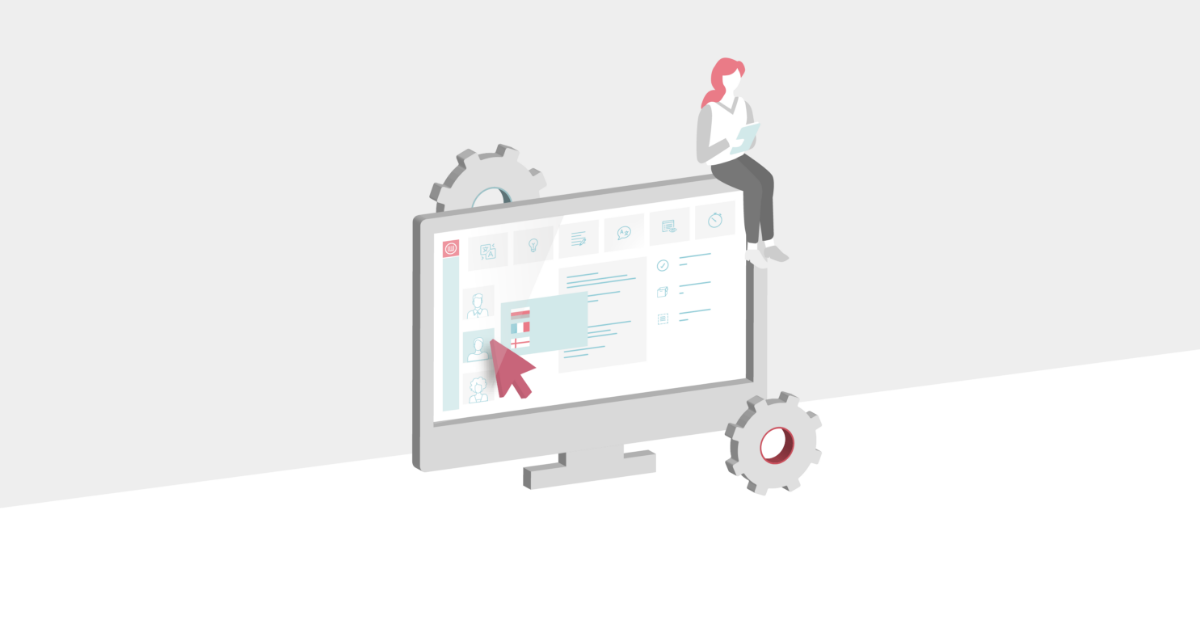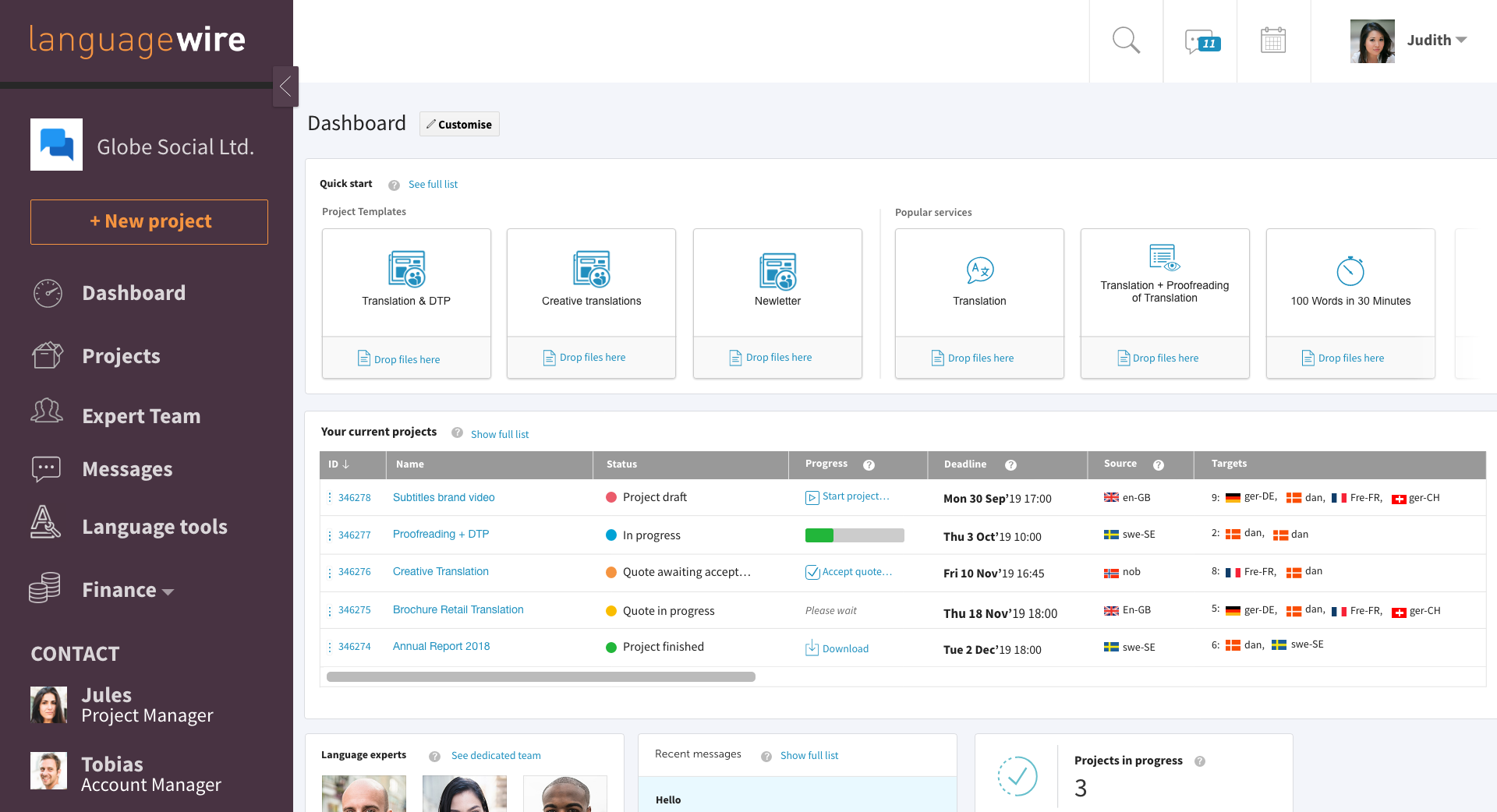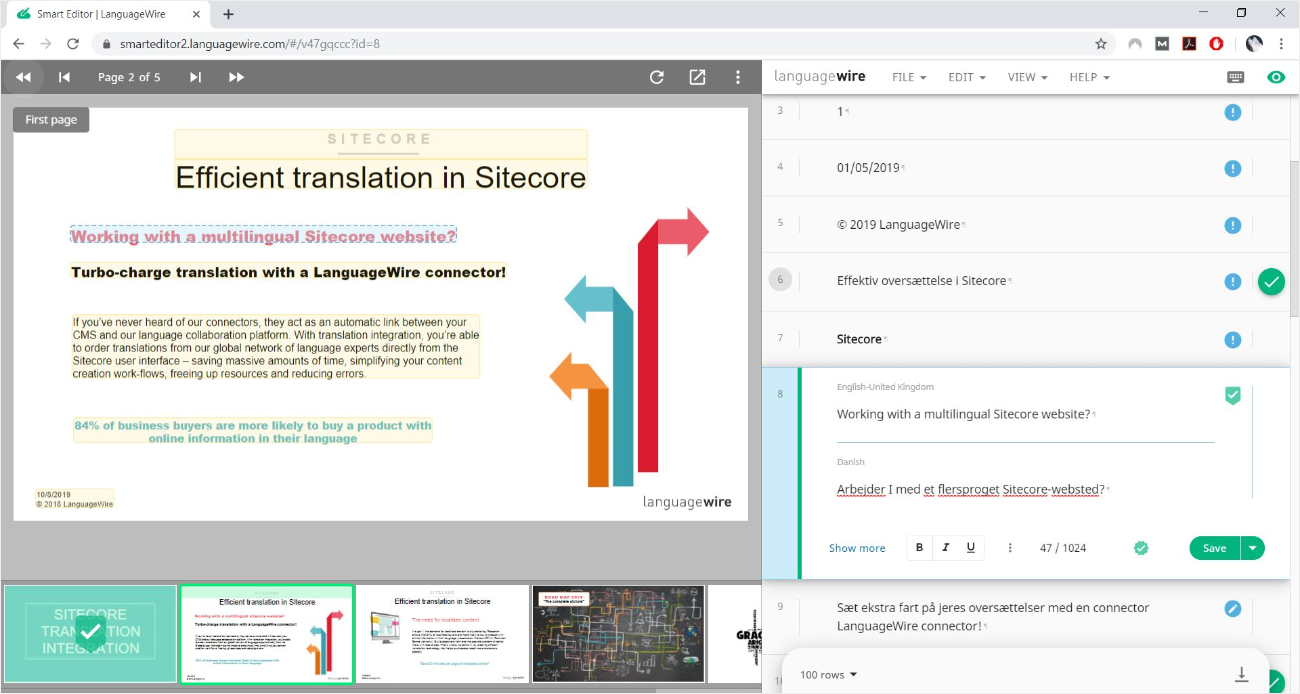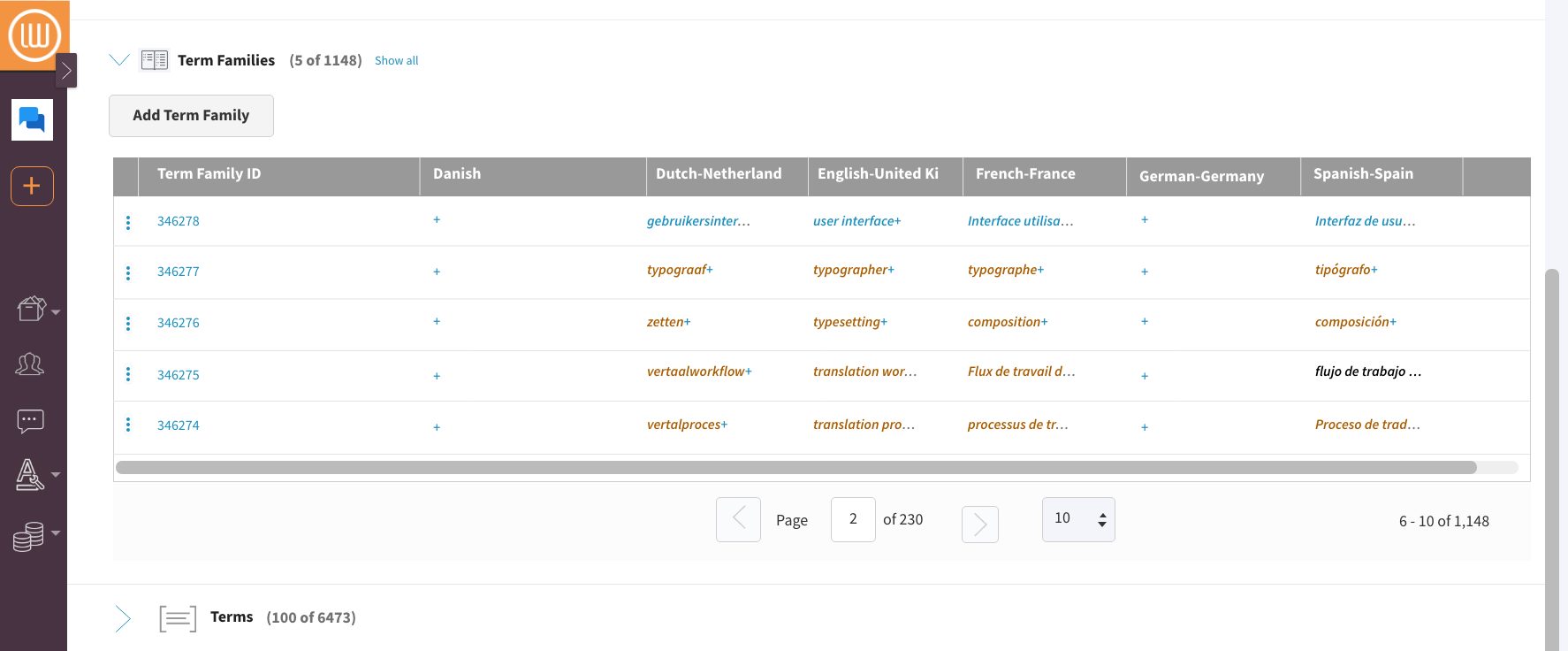LanguageWire
The global content company
LinkedIn
LanguageWire
The global content company
LinkedIn

Using the latest translation technology can reduce costs, reduce time-to-market, and improve linguistic quality. This article offers an overview of the translation technology landscape.
Marketing, e-commerce and product teams around the world are feeling pressure to create more content in more languages.
The rapid digitalisation of businesses has resulted in a ramping up of content production and the need to speak more languages, all while keeping cost and resource strain down.
Fortunately, improvement in translation technology has streamlined multilingual content workflows and made it easier to create content in more languages.
But what is the technology that you can use today to make what was once complicated, relatively simple?
This guide is an overview of the translation technology landscape for the uninitiated and pros alike. By reading it, you will discover ways in which you can publish content in more languages and reach a wider audience.
Let’s get started!
Translation platforms, much like Airbnb or Uber, are tools which connect people. In this case, a translation platform, also called language or content platforms, connects businesses with translators, proofreaders, text editors, copywriters among other language experts.
For the customer, they offer an intuitive and easy-to-use tool to kick off a project or to keep an overview of what’s going on. For the language expert, the platform provides tools that aid translation and communication with the customer.

LanguageWire is an example of a platform for translation and related language services.
Selected qualities of a good translation platform:
Long gone are the days of sending content to a translation agency via email. Modern translation platforms provide an intuitive experience for users, seamlessly integrating systems and processes.
Computer-assisted translation (CAT) tools are a massive part of what helps translators keep up with demand and improve translation efficiency. MemoQ and SDL Trados are the most well-known examples, but many language service providers have developed their own CAT solutions.
Here are some examples of tasks a CAT tool performs:

Smart Editor is LanguageWire’s CAT tool for translation and validation of content.
The quantity and quality of TM matches will impact the price of a project as well as the delivery time. The higher the number of matches, the less work a translator will be required to do; a time saving which benefits businesses in the form of a discount. As more translations are completed, the database and potential savings grow.
You may have previously translated material which you would like to add to a TM. Or maybe you need some outdated translations removed. The process of updating and maintaining a translation memory is called translation memory management, and is a standard service in the translation industry.
A translation memory (TM) is a sentence-pair database which automatically stores translated sentences in combination with the source text during the translation process. A TM speeds up translation, saves money, and helps brands to maintain consistency throughout their content. It’s common for brands to have multiple translation memories for sub-brands, departments or work areas.
When translating a new source sentence, CAT tools can offer translation suggestions for the sentence from the TM database. The translator will also see information on the quality of the translation match. For example, 100% matches mean an exact match: the source text has already been translated and the stored translation is displayed to translators. On the other hand, fuzzy (e.g. 75-99%) matches mean that the stored translation doesn’t exactly match the source text and will probably require editing.

You can use matches from the translation memory under “Suggestions”.
In order to make sure you use the approved terminology this is highlighted for you.
The quantity and quality of TM matches will impact the price of a project as well as the delivery time. The higher the number of matches, the less work a translator will be required to do; a time saving which benefits businesses in the form of a discount. As more translations are completed, the database and potential savings grow.
You may have previously translated material which you would like to add to a TM. Or maybe you need some outdated translations removed. The process of updating and maintaining a translation memory is called translation memory management, and is a standard service in the translation industry.
A terminology database (Termbase) is a collection of predefined terms related to a particular brand. They greatly simplify life for translators and proofreaders. When translating a new source sentence, translators get automatic translation suggestions for single terms that appear in the sentence from the Termbase.
An example of what might be in included in a Termbase is whether a brand hyphenates the phrase “time-to-market” or not. Automated prompts like these help brands to stay consistent and speed up delivery times.

A Termbase offers an overview of your brand terminology.
Termbases typically provide extra information about terms, such as approval and usage status, notes, the creation date and last edit date. It is often a rule that Termbase suggestions should be used; even if a translation memory match contains a different term, a Termbase overrules a TM.
Machine translation has come a long way in recent years.
The 1990s saw a development of statistical techniques for machine translation. By 2016, there were significant advances in the science behind MT, bringing rise to the era of neural machine translation (NMT).
Neural machine translation (NMT) is the current MT technology of choice. What makes NMT so popular is that the engine learns over time, and as it learns, it becomes more accurate. NMT produces the most accurate translations compared to any other MT technology available today.
The network used for machine translation consists of more than a hundred million virtual neurons – all inspired by the human brain. The more the engine is trained, the better the translation it produces. The engine can also be trained with customer-specific data from a terminology database or translation memory.
Free white paper: Optimise Content Workflows with Machine Translation.
Are you struggling to create more content, in more languages, in less time, and at a lower cost? Read this handy guide on how to streamline your content workflows with Neural Machine Translation.
MT is a rapidly changing area of research and development. LanguageWire’s data scientists and engineers use NMT technology based on open-source solutions, continually evaluating the rapid framework development and cross-evaluating output quality.
As the translation industry evolves and more companies adopt new technologies, custom NMT solutions are increasingly being used to optimise content workflows.
In the translation industry, connectors are a method of integrating digital platforms such as a CMS, PIM or DAM with a translation platform. By integrating platforms with a connector, users can send and import translations directly from the system they are using.
The benefits of integrating systems are well known to professionals. For translation, key benefits include:
Translation technology is a rapidly changing area of research and development. We understand that language service providers that don’t digitally transform their business model are doomed to extinction.
At LanguageWire, we invest a lot of time and effort in developing new solutions and improving existing ones. The demand for multilingual content is almost limitless, and the only way to meet some of that demand is to evolve and provide new tools which dramatically streamline the translation process.
Related content
How can we help you?
Your journey to a powerful, seamless language management experience starts here! Tell us about your needs and we will tailor the perfect solution to your enterprise.